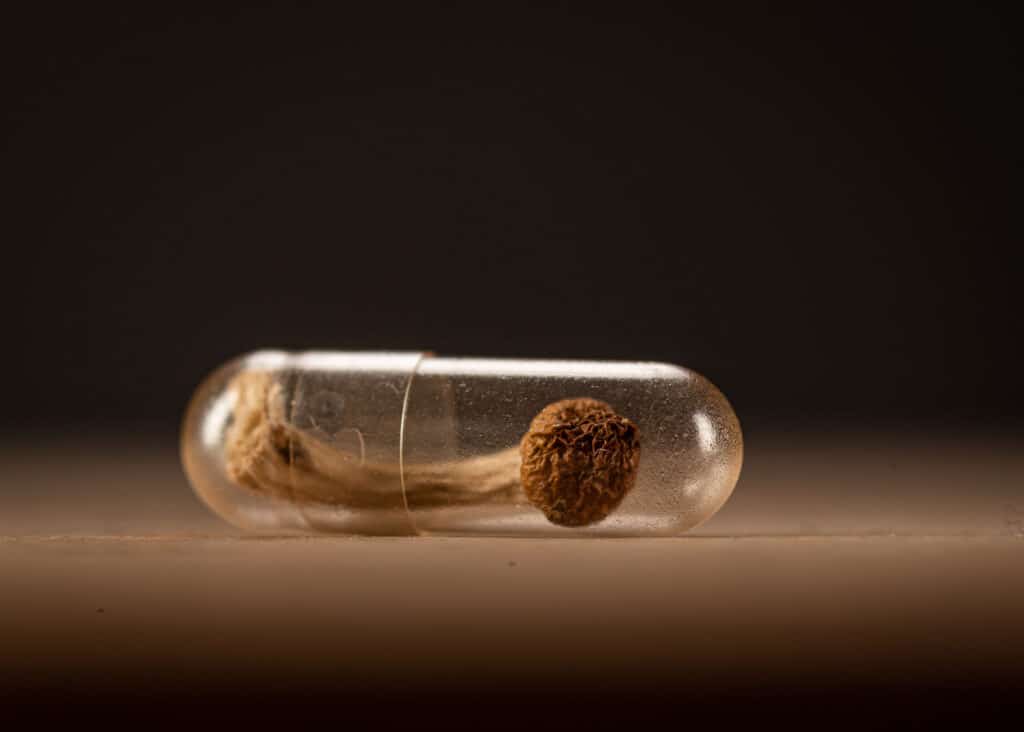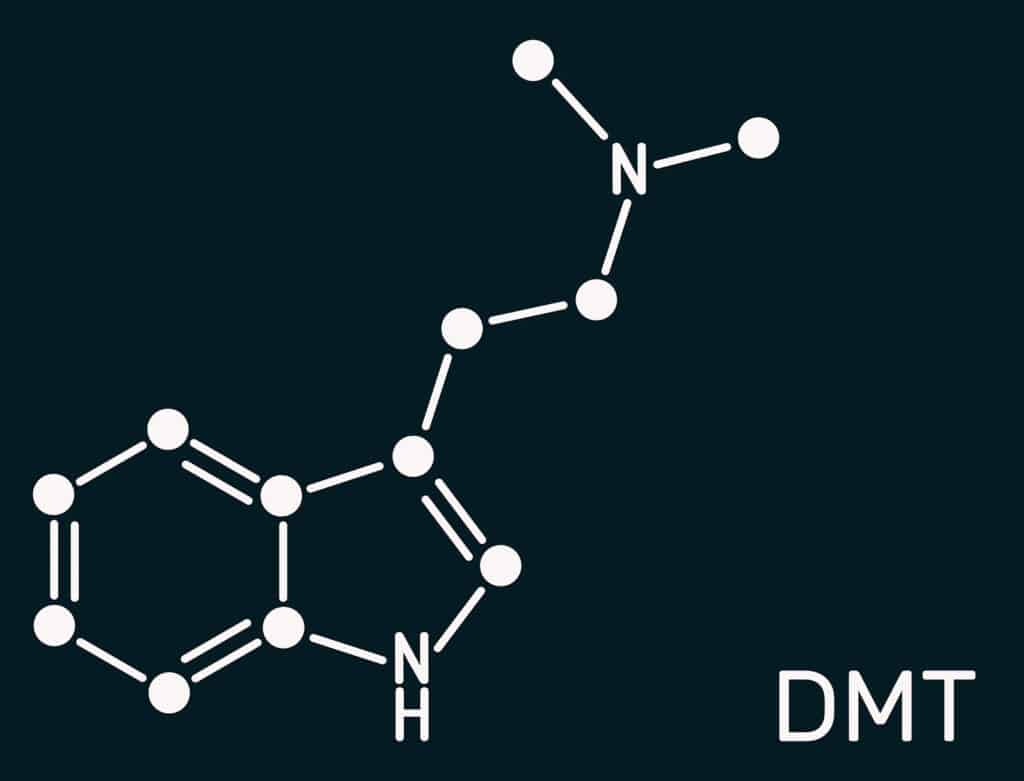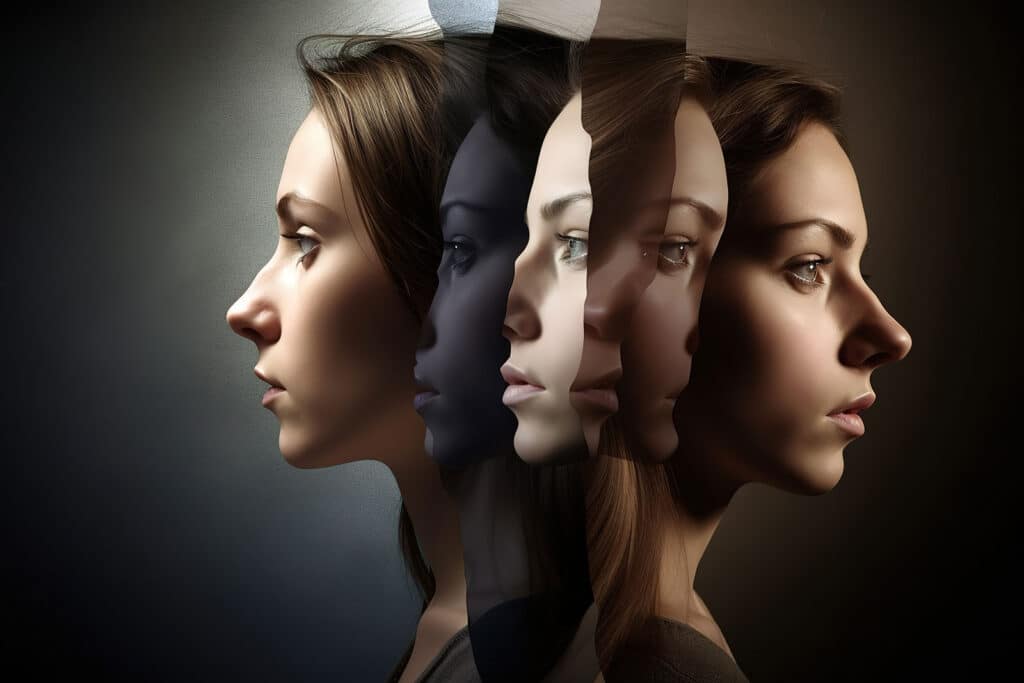According to the National Institute on Drug Abuse (NIDA), 8% of American young adults (between 18 and 25) reported past-year hallucinogen use back when the survey was taken in 2021. In the same survey, they found that the common types of hallucinogens the group used were LSD, mescaline, peyote, psilocybin, and PCP.
Consider also another recent 2022 report by the National Survey on Drug Use and Health (NSDUH). They found that around 9.7 million young adults (= 27.8% of the US population) battled a substance use disorder in the past year. These numbers show that hallucinogenic addiction, among other addictions, is increasing at a rapidly alarming rate.
Read this post to gain a better understanding of what hallucinogens are and how they function. You’ll learn what drugs classify as hallucinogens and what treatment options are readily available to those suffering from a hallucinogen addiction.
Table of Contents
Understanding Hallucinogens: What Are They?
A hallucinogen is any drug that alters perception, mood, and consciousness. It’ll cause sensory experiences that may seem real but aren’t. An individual taking a hallucinogen may see, hear, feel, or sense stuff that is otherwise not there.

How Do Hallucinogens Affect the Brain?
Excellent question. For starters, hallucinogens target your brain’s neurotransmitters. Those are the chemical messengers that carry chemical signals from one nerve cell to another. Your body can’t function without those. They affect how you feel sensations, for example, and move your limbs.
Hallucinogens disrupt how these vital neurotransmitters carry out their normal functions. They bind to the brain’s receptors and alter neural signal transmissions – which leads to changes in perception, mood, and consciousness.
What Neurotransmitters Do Hallucinogens Target?
Hallucinogens affect the brain’s frontal cortex. They primarily target serotonin receptors—particularly, the serotonin 2A subtype. This specific receptor is responsible for cognition and learning functions. By disrupting it, hallucinogens will cause the following:
- Visual and auditory hallucinations
- Time distortion
- Profound shifts in thought patterns
Apart from serotonin receptors, hallucinogens may also interact with other neurotransmitter systems, such as dopamine and glutamate.
Dopamine regulates movement, emotions, memory, and decision-making. Glutamate, on the other hand, affects the brain’s ability to form memories and respond appropriately to experiences and learning.
Classes of Hallucinogens: Examples of Common Hallucinogens
Interesting fact: Hallucinogens are classified according to their chemical structure and how they affect the brain.
So, just because two drugs are considered hallucinogens doesn’t mean they’ll affect your brain the same way. According to what they target, they’ll both yield different results.
Let’s take a look at the different classes of hallucinogens. You’ll also find examples of common hallucinogens under each class.
Indoleamines
Indoleamine hallucinogens are recognized by their indole ring structure – hence the name. This structure is also found in serotonin. As such, these drugs target serotonin receptors, thus producing profound alterations in perception and consciousness.
Tryptamines are a primary example of indoleamines. They include substances such as:
- Psilocybin (found in certain mushrooms)
- DMT (scientifically known as dimethyltryptamine)

Ergolines
Ergolines get their name from their core structure that’s derived from ergoline. It’s a type of alkaloid found in the ergot fungus. They’re considered a third class of hallucinogens as well.
The most potent example of ergolines is LSD (lysergic acid diethylamide). It’s synthesized from lysergic acid; a kind of naturally occurring tryptamine.
Phenethylamines
Hallucinogens with a phenethylamine backbone are classified as phenethylamines. Drugs that fall under this umbrella primarily affect serotonin and dopamine systems in the brain.
Interestingly, some phenethylamines don’t act as hallucinogens, but rather as central nervous system stimulants. Those types of phenethylamines are prescribed to treat ADHD, for instance, and narcolepsy.
As a hallucinogen, however, phenethylamines (like MDMA; better known as ecstasy or molly) induce psychoactive and psychedelic effects. Another example includes mescaline, which you can find in peyote and certain cacti.
Dissociatives
While not strictly hallucinogens in the traditional sense, dissociative drugs can induce hallucinogenic effects at high doses. That’s because they act on glutamate receptors—particularly NMDA receptors.
This receptor’s main function is to regulate your brain’s memory formation abilities. It’s what is known as synaptic plasticity; a neuronal mechanism that determines how strong your mental synapses are.
As such, dissociatives such as PCP (street name: angel dust), DXM (poor man’s PCP), and ketamine (special K), can induce hallucinogenic effects at high doses. Individuals feel disconnected from their bodies and surroundings when on them.

Anticholinergics
Anticholinergics are the class of hallucinogens that carry the most significant risks and toxicity.
They contain compounds that block the neurotransmitter acetylcholine. It regulates cardiovascular activity (i.e. your heart), blood pressure, and cognitive functions – such as memory, attention, muscle movement, and arousal.
Common anticholinergics include belladonna and datura. These substances can induce hallucinations, delirium, and profound psychoactive effects.
What Are the Telltale Signs of Hallucinogen Addiction?
Important reminder: Identifying signs of hallucinogen addiction can be challenging. These substances don’t typically produce physical dependence the same way opioids or stimulants do, for instance.
Common Signs of Hallucinogen Abuse
People developing a problematic pattern of hallucinogen use will exhibit the following telltale signs of addiction:
- Increased Tolerance: Individuals may find that they need higher doses of the hallucinogen to achieve the desired effects. This tolerance leads to frequent and escalating use.
- Preoccupation with Drug Use: Individuals spend a significant amount of time thinking about, obtaining, and using hallucinogens – at the expense of other responsibilities and their own well-being.
- Continued Use Despite Adverse Consequences: A person continues to use hallucinogens while aware of their negative effect on their physical health, mental well-being, relationships, and work/school performance.
Psychological and Physical Signs of Hallucinogen Abuse
Withdrawal symptoms of hallucinogen abuse are usually more psychological than physical.
Again, unlike other drug addictions (like that of alcohol or benzos), hallucinogens disrupt your nervous system and how your brain functions. Naturally, when you stop taking them, your brain struggles to cope with this sudden change – but your body may not.
With that, what follows are the psychological and physical symptoms associated with hallucinogen abuse.
Psychological Signs
Look for mood disturbances such as anxiety, depression, agitation, aggression, irritability, and dysphoria. Mood swings are also common as well as paranoia and what is known as ‘the rebound effect’.

The aforementioned term refers to when a person experiences the exacerbation of underlying or pre-existing mental health symptoms while they’re going through withdrawal. New symptoms of those mental health issues may appear as well, further worsening the experience.
It’s because of this that cutting or quitting hallucinogens is the hardest. Dealing with the psychosis or heightened anxiety that happens when off these drugs can be maddening if not handled appropriately. It’s always best to have medical professionals help you and to never attempt to go through it alone.
Physical Signs
To repeat, an individual withdrawing from a hallucinogen addiction may not show as many physical signs as they would psychological—if any at all. Those symptoms can be:
- Headaches
- Nausea
- Tremors
- Appetite fluctuations
- Sweating
Note: These symptoms are typically short-lived and mild.
How to Treat Hallucinogens Addiction
Never give up hope; even with everything we just said, there’s always a chance to bounce back and live a drug-free life.
In this section, we cover the treatment options best suited for handling a hallucinogen addiction – and luckily, we at the Illinois Recovery Center offer all these programs to our patients.
Medical Detoxification
Medical detox is usually for those withdrawing from drugs that cause physical dependence or serious physical withdrawal symptoms. However, since psychological distress and cravings can occur when individuals stop taking hallucinogens, medical detox becomes necessary.
During a medical detox, medical professionals are on standby to support you while the drugs leave your body. They may prescribe meds to help alleviate the withdrawal symptoms that can occur.
Behavioral Therapy
Behavioral therapy comes in many forms. Those can be:
- Cognitive-Behavioral Therapy (CBT): Works by altering negative thought patterns that contribute to an addiction
- Motivational Interviewing (MI):Pushes those in addiction therapy to look inward, and motivates them to accept this big change in their life
- Contingency Management (CM):Rewards/Reinforces desired behaviors while simultaneously punishing undesired ones
In any case, these therapies help individuals understand and change their patterns of drug use. They also help address underlying issues that are contributing to your addiction (such as trauma, stress, or co-occurring mental health disorders).
Support Groups
Group therapy provides individuals with a sense of community, and encourages them to continue on their recovery path. It helps them feel accountable for their previous actions as they battle their addiction.

Talking to people going through the same dilemma you are, offers peer support and an opportunity to share strategies for overcoming addiction.
Hallucinogens Addiction Treatment at Illinois Recovery Center
Recovery and living sober isn’t a linear journey; it takes time, bravery, self-compassion, and a lot of patience. The first step is recognizing there’s a problem and simply taking the necessary steps to handle it.
Contact us at Illinois Recovery Center and let our dedicated team of medical professionals and addiction specialists support you through this journey. You don’t have to take it alone. We’re happy to support you with personalized treatment plans and programs that suit your needs and preferences.
Read more about us and our facility here. You can also call us at any time and inquire further about our services, payment options, and other concerns you may have.



